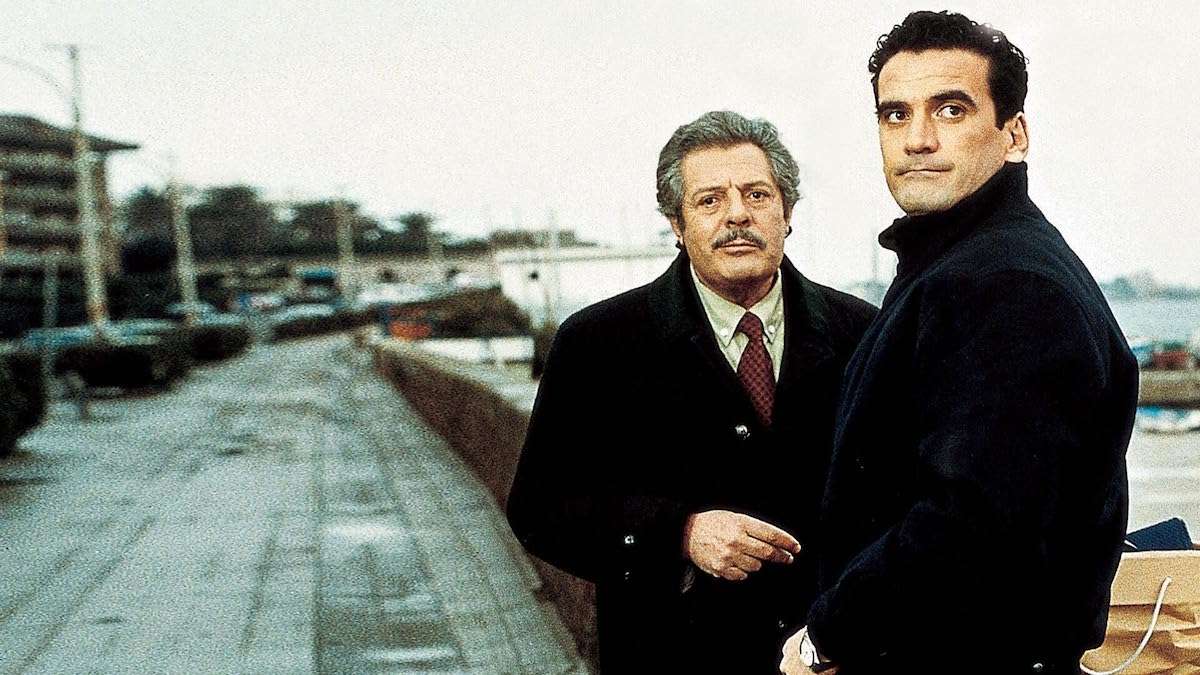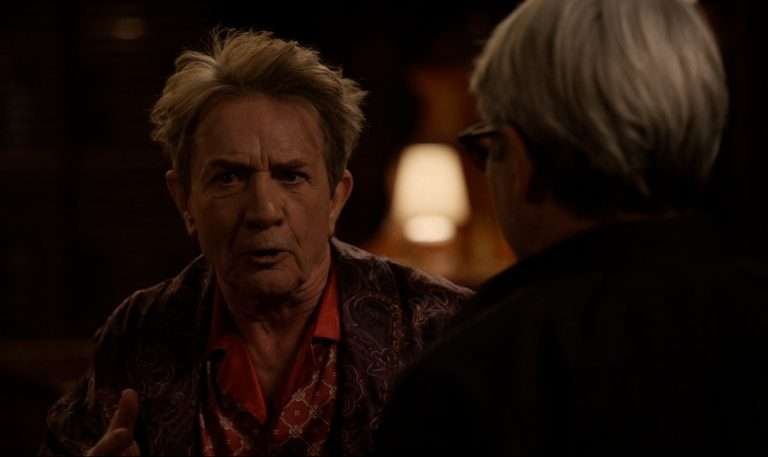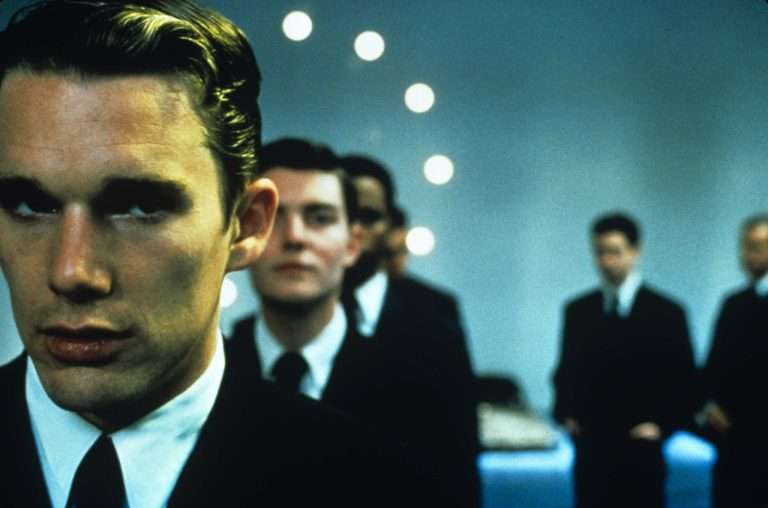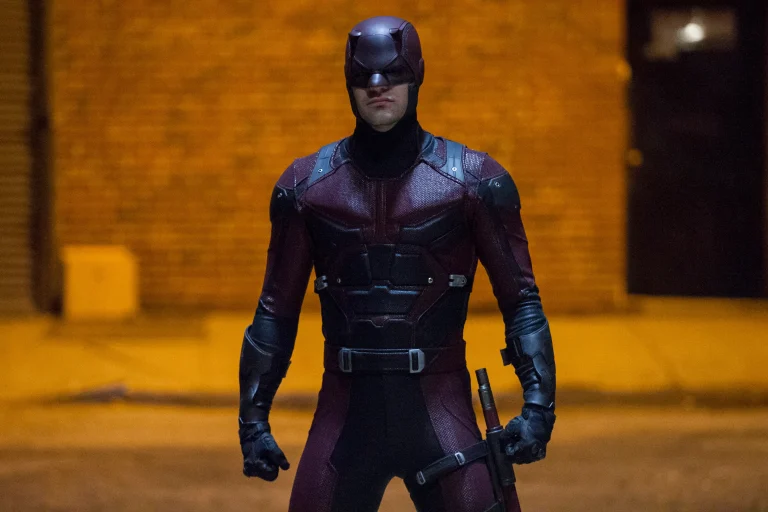The Italian director Ettore Scola is renowned for his ability to explore themes that might initially seem simple or mundane, yet he transforms them into deeply human and emotionally resonant narratives. His unique talent lies in portraying the emotions of his characters with such authenticity that audiences can easily relate to them and see reflections of their own lives. Scola achieves this by choosing to tell straightforward yet profoundly real and tangible stories.
Examples of this storytelling approach can be seen throughout his filmography, such as “The Family”(1987), where he chronicles the life of a family over three generations, or “We All Loved Each Other So Much” (1974), which follows the friendship of three friends over thirty years. These films share a common trait: they are simple in premise but rich in emotional depth. “Che ora è” (translated as “What Time Is It?”) is perhaps the clearest embodiment of this concept.
In this film, Scola chooses to examine the raw and intimate relationship between a father and his son within a confined timeframe of just one day. Yet, this single day is sufficient to convey an immense range of emotions and conduct a complex dissection of their relationship. Despite its quiet and minimalistic nature, the film is anything but dull—especially for those who have experienced a period of personal disorientation or conflict with their family. Most viewers will find themselves identifying with either the father or the son, and in doing so, they will realize that Scola has expertly led them exactly where he intended.
The film is set in a tranquil coastal town where Mario, a successful lawyer played by Marcello Mastroianni, arrives to visit his son Michele, played by Massimo Troisi, who is serving his military duty there. The story unfolds over the course of a single day as the two spend time together, wandering through the town.
From the outset, it is evident that the two love each other deeply, but there exists an unspoken barrier between them. Michele is accustomed to sharing the details of his life with his mother and sister, yet for some reason, he finds it difficult to have the same level of openness with his father. This unspoken distance is what Mario seeks to bridge during his visit. Mario is particularly interested in understanding what Michele plans to do with his future, as his military service is coming to an end and an important decision must be made. The film carefully unfolds the nuances of their personalities:
- Mario is energetic, charismatic, and constantly in motion. He enjoys luxury, extravagance, and excitement—his demeanor is almost that of a teenager.
- Michele, in stark contrast, is calm, reserved, and appreciates simplicity. He carries himself with the wisdom of an old man despite his young age.
This contrast extends to their speech patterns—Mario speaks loudly and enthusiastically, while Michele’s tone remains soft, almost indifferent. When Mario presents his son with grand gifts, including a car and a new apartment, the disappointment on Michele’s face is unmistakable. He resents the fact that his father has made decisions for him, even if they are in his best interest. Mario fails to understand this frustration, believing that he is offering the best he can to his son, yet Michele yearns for something different—simplicity and personal choice.
This contrast becomes evident when Mario gifts Michele his grandfather’s old watch. Unlike the other presents, this one genuinely excites Michele, as it carries sentimental value rather than material worth. It is a subtle but significant moment that reveals what Michele truly cherishes: the emotional significance of things rather than their monetary value.
Later, we see Michele interacting with his friends—mostly old sailors who gather in a local tavern to share their maritime adventures. Mario is dismayed that his son has no friends his own age. Further conflict arises when Michele’s romantic interest is introduced, highlighting the generational and ideological gap between father and son.
The tension between them reaches its peak when Mario bluntly asks Michele, “What do you want to do with your life?” Michele hesitates, uncertain of his answer. He knows he desires a simpler life, far removed from the bustling and demanding existence his father envisions for him. He dreams of staying in the small town where he has been serving, building a quiet life for himself. Mario, in turn, is bewildered. He cannot comprehend why a young man would choose to isolate himself in a remote town when he has access to opportunities in Rome—a city brimming with possibilities. For Mario, this choice defies all logic; for Michele, it is a means of escaping the pressures of his father’s expectations.

The fundamental conflict in “Che ora è” is not rooted in hatred but rather in misunderstanding and generational differences. This culminates in a pivotal moment near the film’s conclusion when both characters finally express their true feelings:
- Mario, overwhelmed by frustration, deems his son’s passivity as a sign of inevitable failure. He sees Michele as someone who is destined to waste his potential.
- Michele, on the other hand, confesses that his father’s dominant personality has always overshadowed him. He admits that he can be lively and expressive—but only when his father is absent. When Mario is around, Michele withdraws into himself, feeling suffocated by his father’s relentless expectations.
This internal conflict reaches a breaking point when Mario suffers a heart attack—an event he brushes off, refusing to acknowledge his own aging. For Michele, witnessing his father’s physical vulnerability is a moment of realization: an acceptance that time is fleeting and that chasing an endless pursuit of success without savoring life is a futile endeavor. Michele, in turn, chooses to detach himself from his father’s ideals and embrace a life of his own making, no matter how simple it may be. The film employs several symbolic elements to enhance its themes:
- The Cities as Metaphors: Mario lives in the fast-paced, chaotic city of Rome, mirroring his restless and ambitious nature. Michele, on the other hand, serves in a quiet coastal town, reflecting his desire for peace and simplicity. The physical distance between the two locations serves as a metaphor for the emotional gap between father and son.
- A Generational Conflict: The film highlights a clash between two generations—the older, war-hardened generation that values financial success and hard work and the younger generation, which places greater emphasis on emotional fulfillment and individual freedom.
One of the film’s most remarkable qualities is its authentic dialogue, which feels completely spontaneous, as though the conversations were unscripted. The exchanges between Mario and Michele never feel forced, making their relationship all the more believable. The performances by Marcello Mastroianni and Massimo Troisi are the heart and soul of the film. Without their compelling presence, the narrative—largely centered around their interactions—could have risked feeling monotonous. Scola’s confidence in his actors’ ability to engage audiences without elaborate plot devices proves to be a winning gamble.
“Che ora è” concludes with a powerful yet silent moment—father and son simply gaze at each other, neither conceding to the other’s perspective. There is no definitive resolution, no dramatic reconciliation. Instead, the film acknowledges a painful truth: they love each other deeply, but they may never fully understand one another.
Scola does not force an ideological victory for either character. Instead, he presents a thoughtful, elegant character study, leaving the audience to reflect on their own experiences and relationships. By the end of the film, one thing is certain—you have witnessed a deeply human, beautifully crafted exploration of family, individuality, and the passage of time.





![A Monster Calls [2016] : An endearing tale of acceptance](https://79468c92.delivery.rocketcdn.me/wp-content/uploads/2017/02/a-monster-calls-768x429.jpg)



